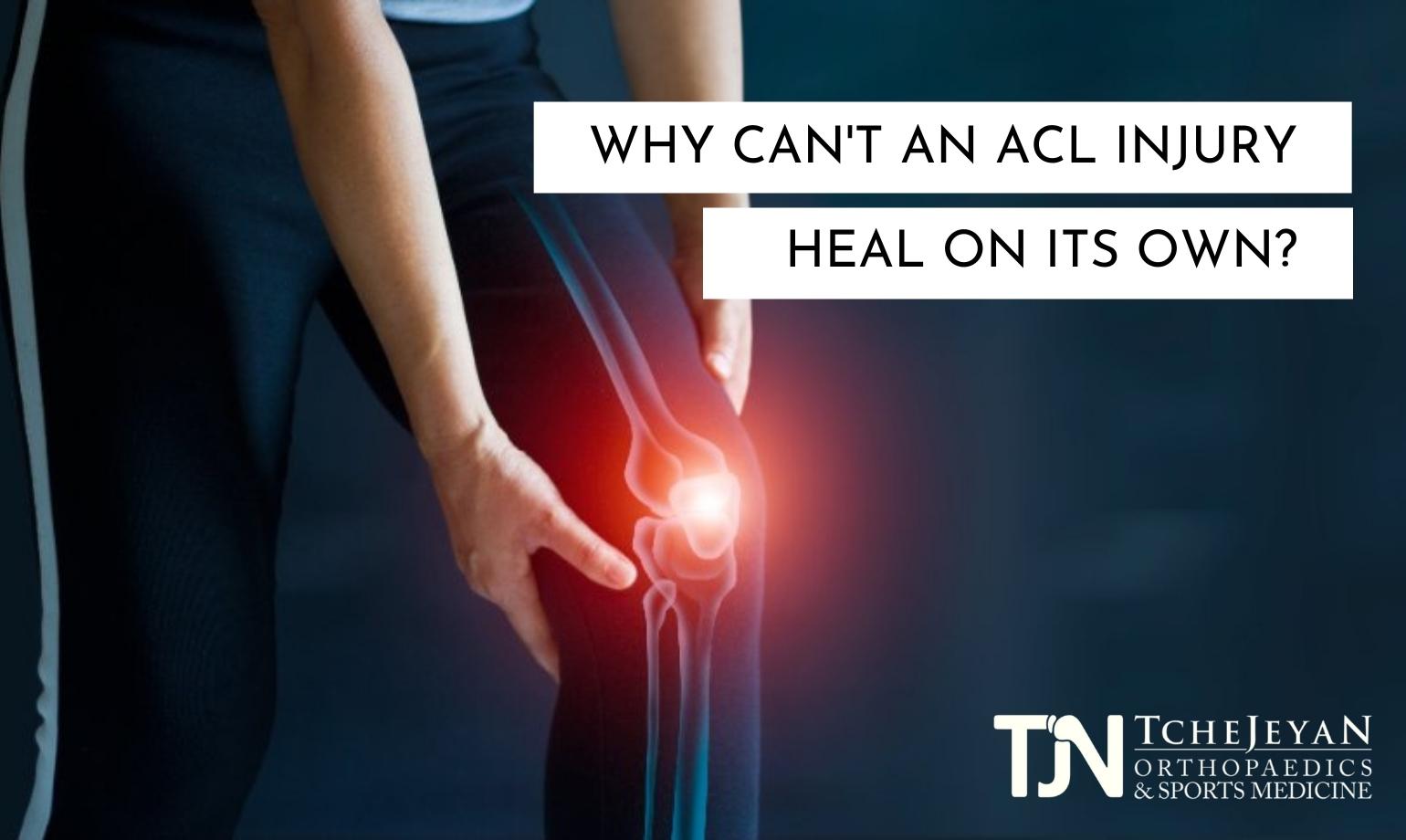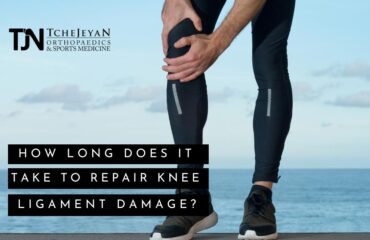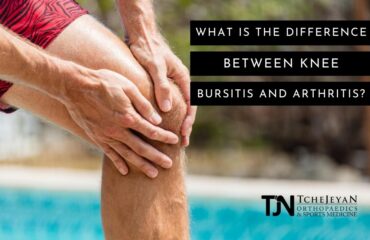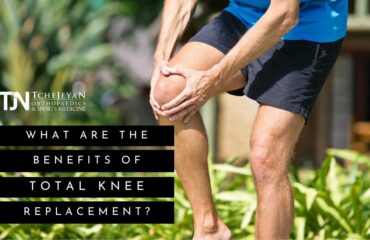A common knee injury is a torn ACL, or anterior cruciate ligament. Ligaments are tissues that connect bones to other bones. The ACL is one of the ligaments that connect the femur, or thighbone, to the tibia, or shin bone. Because knees bear most of your body weight and only bend back and in one direction, your stability very much depends on the strength of the ACL to keep the joint properly aligned.
The ACL is critical to the knee functioning properly, so tears and other injuries to the ACL can be painful and debilitating. In most cases, a torn ACL requires immediate medical attention. Our expert team at Tchejeyan Orthopaedics & Sports Medicine has treated many patients with ACL injuries, and we can help you get on your way to a speedy and effective recovery.
Proper Treatment for an ACL Injury
Around 150,000 people suffer from a tear, stretch, or rupture of their ACL in the United States every year. Generally, these injuries occur during vigorous physical activities like sports, when the knee gets overextended or twisted from a sharp change in direction, but they can also result from things like a fall or car accident. When the ACL gets torn, patients will actually hear a “pop” in the knee, and will certainly feel it. It is painful to experience, and the knee will most likely swell up rather quickly. If you try to walk, the knee will “give way.”
When you go in to see your doctor, your doctor will examine your knee, and ask you questions about the injury itself as well as what you have experienced with your knee since the injury. Your doctor will also order an imaging test, such as an x-ray, ultrasound, or MRI. These tests can reveal more clearly the nature and extent of your injury, and confirm that it is your ACL that is damaged, in addition to any other damage that may have occurred to other parts of the knee. From this information, your doctor can give you an accurate diagnosis and recommend treatment for your specific injury.
If it is a very minor injury that does not involve a significant tear, then you may not need surgery. One preferred treatment is often summed up by doctors as the “RICE” remedy: rest, ice, compression, and elevation. You may have to stay off your knee for an extended period and wear a knee brace to give your ACL time to heal. You can take over-the-counter pain medications when necessary or, in some cases, you may need a stronger prescription pain medication.
If the ACL is torn, it will cause the knee to become unstable, and can allow the knee to over-extend. If untreated, it will lead to chronic pain and weakness in the joint. When the ACL is not able to carry out its function of stabilizing the knee, the other parts of the knee and leg will have to do the job: you will have to compensate for the weakened joint by relying more on the muscles, tendons, and other ligaments in the leg. If this happens, these other parts of the knee can more easily get injured and, in the long-term, this means dealing with severe joint problems and degenerative conditions, such as osteoarthritis. In other words, the long-term outlook is not positive if a torn ACL injury is not addressed right away. A torn ACL is best addressed by ACL reconstructive surgery.
ACL Reconstruction
In this type of surgery, the damaged ACL is removed and replaced with new graft tissue. In order to perform this surgery, you will likely have to prepare by undergoing a few weeks of physical therapy to reduce the swelling and to make sure you have full range of motion. If you operate without this step, the surgery may not restore as much range of motion.
The replacement tissue, called a graft, can be taken from your own body, or from donated tendon or ligament tissue. Often, the operation can be performed arthroscopically. Using this minimally invasive method, small incisions are made in the knee, and a camera and surgical instruments are inserted through these incisions. After the damaged ACL is removed, two small holes are drilled into the bone where the new ACL should be. The new graft tissue is attached to the bones and secured with screws. New ligament tissue can grow from the graft, essentially giving you a “new” ACL.
The surgery is usually performed under general anesthesia and may take about 90 minutes. However, after spending an hour or two in recovery, you will be able to go home the same day. For several weeks, you will experience some swelling and pain, so you will have to ice your knee, take pain medications, and use crutches. Full recovery usually takes about nine months, and you may resume sports and other vigorous activities anywhere from eight to twelve months following surgery.
If you are in the Greater Los Angeles area and think you have an ACL injury, it is important to get an examination right away so that you can get on the road to recovery. Make an appointment today at Tchejeyan Orthopaedics & Sports Medicine.




